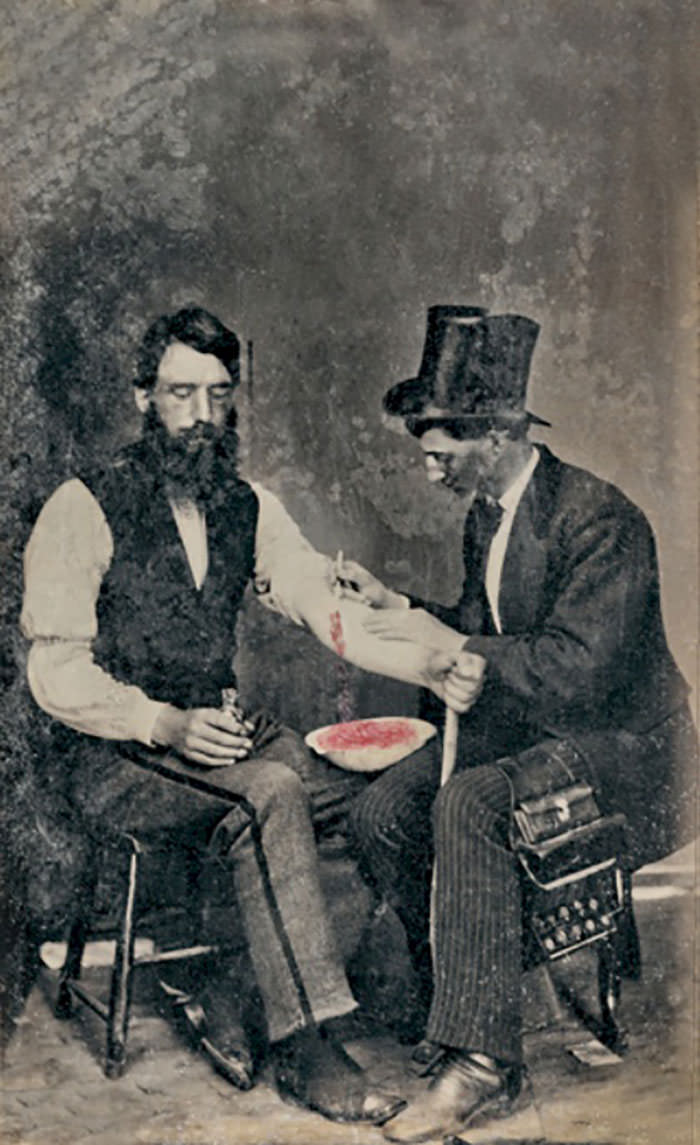
Bloodletting, one of the oldest medical practices, has a history that spans over 3000 years, with roots in ancient Egypt. This procedure gained widespread popularity in medieval Europe, where it was employed as a treatment for various ailments such as smallpox, epilepsy, and the plague. Surprisingly, the practice continued well into the 19th century and can still be found in some limited applications today.
As the 19th century drew to a close, the medical community began to recognize the risks associated with bloodletting and questioned its efficacy as a treatment. Doctors eventually acknowledged that draining a patient’s blood could be hazardous and offered few tangible health benefits. Some of the potential risks of bloodletting include cardiac arrest, excessive blood loss, dangerously low blood pressure, and anemia. Moreover, the procedure can also lead to infections due to unsanitary conditions and instrum



It was a popular form of treatment for yellow fever.
That used to be common practice but now it’s a sudo science
Hemochromatosis patients still undergo this procedure to prevent the body from absorbing too much iron from their diets. In modern medicine, bloodletting is used to treat it, although it is somewhat rare
More efficient than leeches
Donate blood. It actually makes you feel lighter in a way. Body builders use it to reduce the iron in their blood from their diets. You may feel sluggish if you consume a lot of iron.
This was a placebo effect combined with a lack of better options. Sometimes people felt better after treatment – even though we know the “treatment” probably did more harm than good, in most cases. Many things we do as humans have no empirical basis, like knocking on wood, praying, or wearing lucky underwear; we do them because they make us feel better. Combined with the fact that for the most part, it was just bloodletting. Particularly if you did not belong to the highest socioeconomic class. Since some treatment was better than no treatment, people went with what they had. There are tons of justifications for why we started in the first place — everything from women menstruating to hippo sweat — but the reason we continued boils down to “it was the best we had.”
There is also survivorship bias. After bloodletting, they were really sick, and there was nothing that could be done for them. If you survived after bloodletting, well then, it must have been the bloodletting.